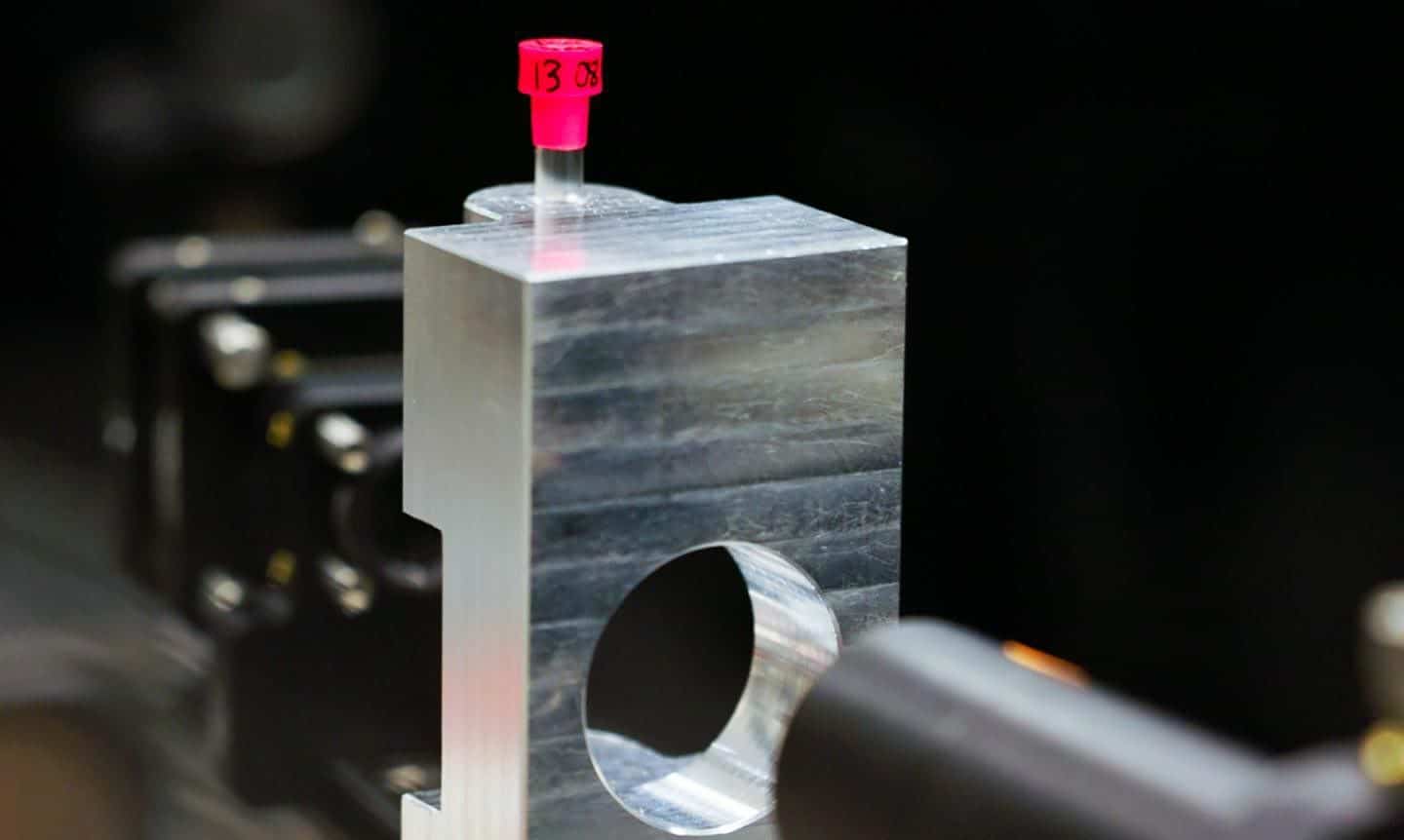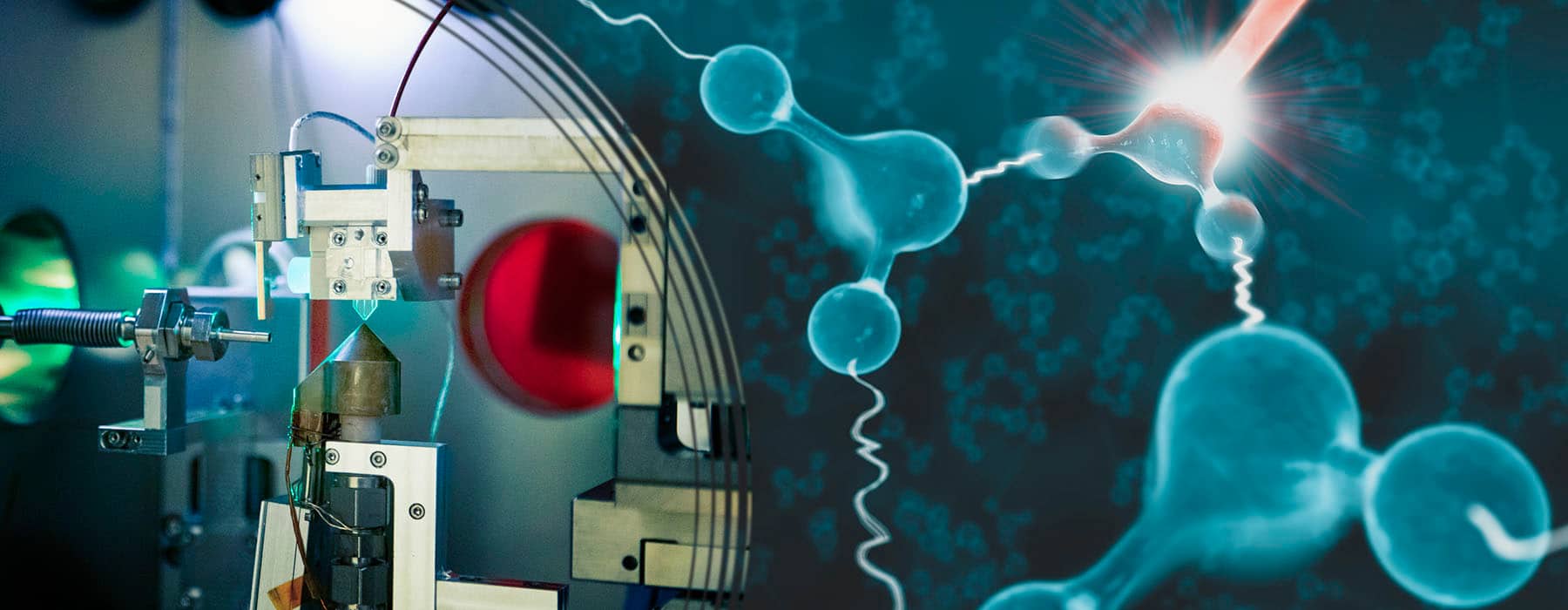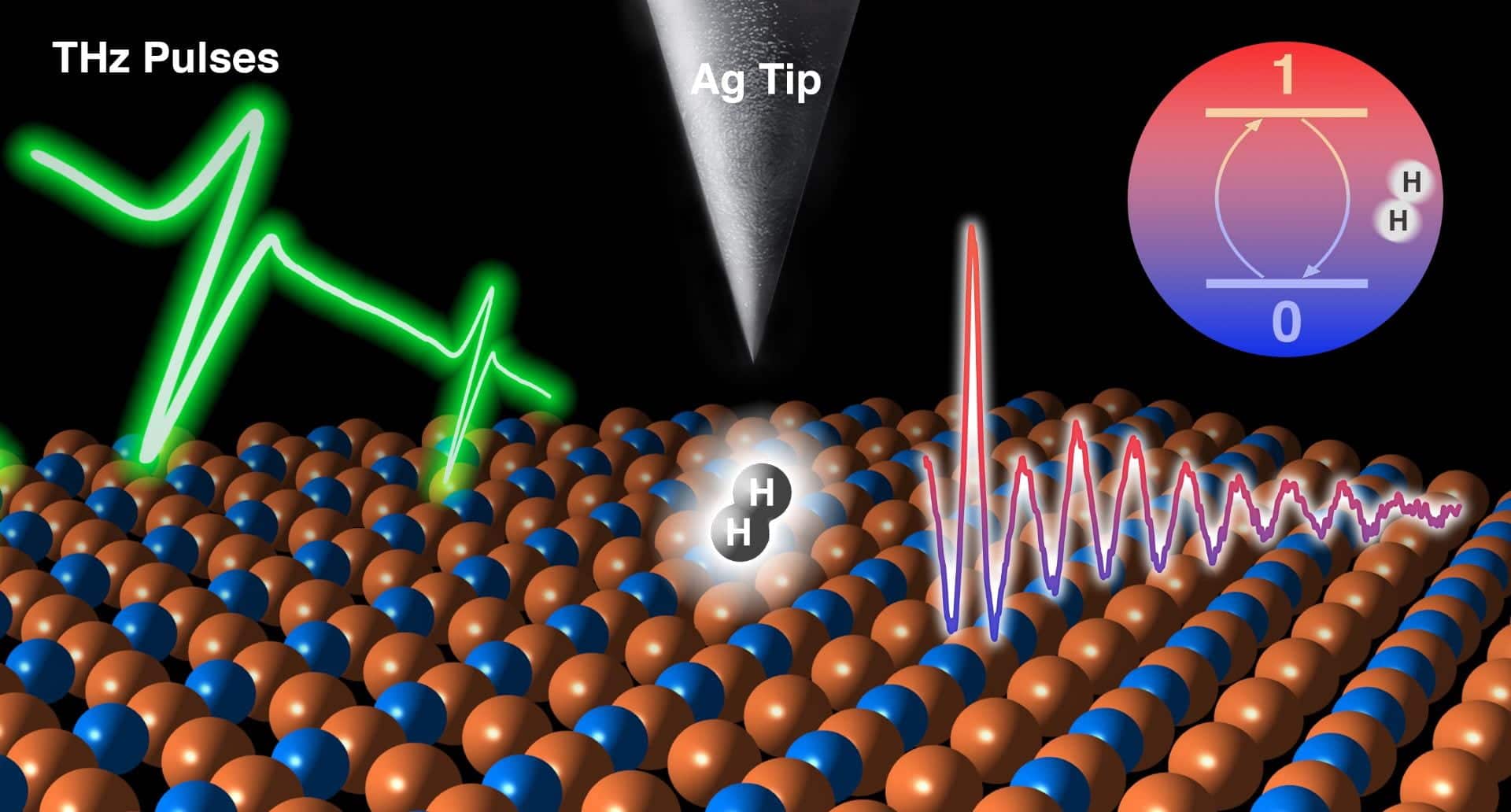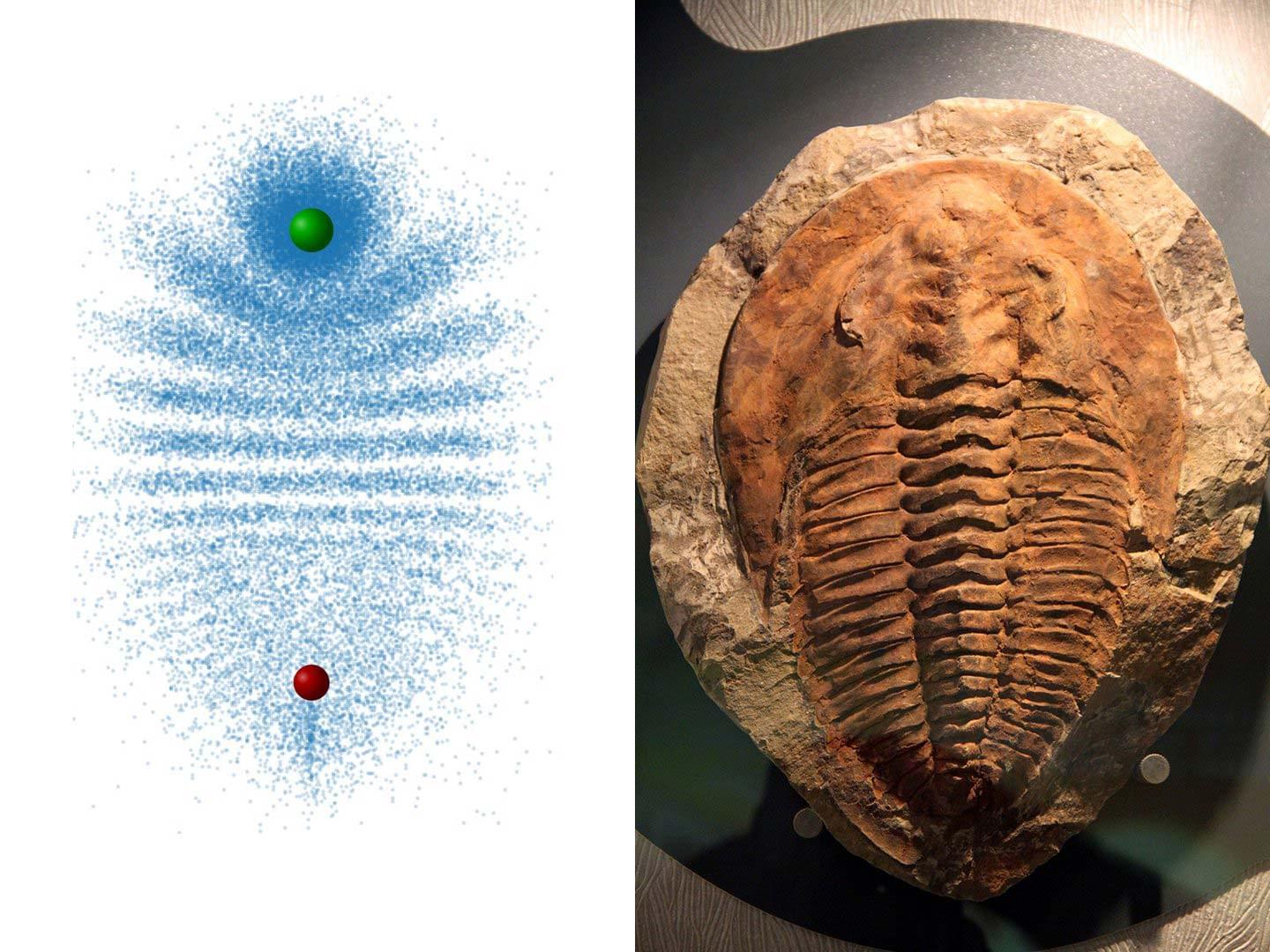Turning unused waste from food production into clean energy.






A team from Princeton University has successfully used artificial intelligence (AI) to solve equations that control the quantum behavior of individual atoms and molecules to replicate the early stages of ice formation. The simulation shows how water molecules transition into solid ice with quantum accuracy.
Roberto Car, Princeton’s Ralph W. *31 Dornte Professor in Chemistry, who co-pioneered the approach of simulating molecular behaviors based on the underlying quantum laws more than 35 years ago, said, “In a sense, this is like a dream come true. Our hope then was that eventually, we would be able to study systems like this one. Still, it was impossible without further conceptual development, and that development came via a completely different field, that of artificial intelligence and data science.”
Modeling the early stages of freezing water, the ice nucleation process could increase the precision of climate and weather modeling and other processes like flash-freezing food. The new approach could help track the activity of hundreds of thousands of atoms over thousands of times longer periods, albeit still just fractions of a second, than in early studies.

In a new study, EPFL scientists visualized the intricate interplay between electron dynamics and solvent polarization in this process. This is a significant step in understanding a critical process of many chemical phenomena, and it might be the first step to improving energy conversion technologies.
CTTS is like a dance of microbes where one electron from a dissolved material (like salt) emerges and becomes part of the water. This produces a “hydrated” electron, essential for several watery processes, including those necessary for life. Comprehending CTTS is crucial to understanding the motion of electrons in solutions.
In a recent study, EPFL researchers Jinggang Lan, Majed Chergui, and Alfredo Pasquarello examined the complex interactions between electrons and their solvent surroundings. The work was mostly done at EPFL, with Jinggang Lan’s final contributions made while he was a postdoctoral fellow at the Simons Center for Computational Physical Chemistry at New York University.

Now, a new study combines meteorite data with thermodynamic modeling and determines that the earliest inner solar system planetesimals must have formed in the presence of water, challenging current astrophysical models of the early solar system.
Researchers study iron meteorites as samples from the early solar system. These meteorites represent the metallic cores of the earliest planetesimals that didn’t become planets but orbited the solar system before reaching Earth. By analyzing the chemical compositions of these meteorites, scientists can learn about the conditions in which they formed.
This helps answer questions about whether Earth’s building blocks formed far from the Sun, allowing the existence of water ice, or closer to the Sun, resulting in dry planetesimals. Even though the meteorites don’t contain water, scientists can deduce its past presence by examining its effects on other chemical elements.


Scientists, for the first time-captured the movements of electrons and nuclei in a molecule after it was excited with light-just by using a high-speed electron camera. They have shown that with ultrafast electron diffraction, it’s possible to follow electronic and nuclear changes while naturally disentangling the two components.
In this study, scientists from Stanford University were able to see both the exact positions of the atoms and the electronic information at the same time.